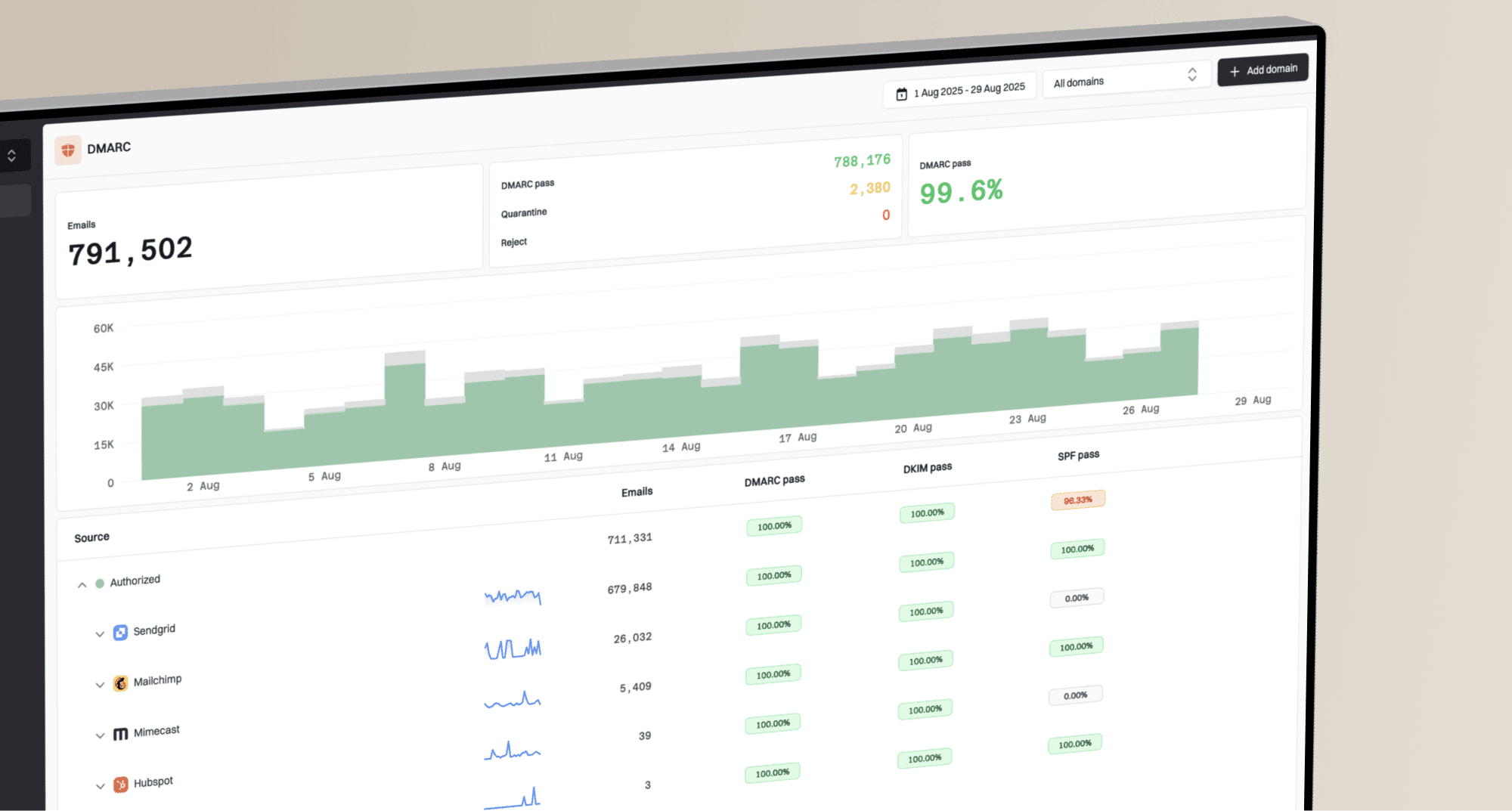Cisco SpamCop Blocking List (SCBL)


 Spamhaus
Spamhaus 0Spam
0Spam Cisco
Cisco NoSolicitado
NoSolicitado URIBL
URIBL abuse.ro
abuse.ro ALPHANET
ALPHANET Anonmails
Anonmails Ascams
Ascams BLOCKEDSERVERS
BLOCKEDSERVERS Calivent Networks
Calivent Networks EFnet
EFnet
 JustSpam
JustSpam Kempt.net
Kempt.net
 NordSpam
NordSpam RV-SOFT Technology
RV-SOFT Technology
 Scientific Spam
Scientific Spam Spamikaze
Spamikaze SpamRATS
SpamRATS SPFBL
SPFBL Suomispam
Suomispam System 5 Hosting
System 5 Hosting Team Cymru
Team Cymru Validity
Validity www.blocklist.de Fail2Ban-Reporting Service
www.blocklist.de Fail2Ban-Reporting Service ZapBL
ZapBL 2stepback.dk
2stepback.dk Fayntic Services
Fayntic Services ORB UK
ORB UK technoirc.org
technoirc.org TechTheft
TechTheft Spamhaus
Spamhaus 0Spam
0Spam Cisco
Cisco NoSolicitado
NoSolicitado URIBL
URIBL abuse.ro
abuse.ro ALPHANET
ALPHANET Anonmails
Anonmails Ascams
Ascams BLOCKEDSERVERS
BLOCKEDSERVERS Calivent Networks
Calivent Networks EFnet
EFnet
 JustSpam
JustSpam Kempt.net
Kempt.net
 NordSpam
NordSpam RV-SOFT Technology
RV-SOFT Technology
 Scientific Spam
Scientific Spam Spamikaze
Spamikaze SpamRATS
SpamRATS SPFBL
SPFBL Suomispam
Suomispam System 5 Hosting
System 5 Hosting Team Cymru
Team Cymru Validity
Validity www.blocklist.de Fail2Ban-Reporting Service
www.blocklist.de Fail2Ban-Reporting Service ZapBL
ZapBL 2stepback.dk
2stepback.dk Fayntic Services
Fayntic Services ORB UK
ORB UK technoirc.org
technoirc.org TechTheft
TechTheft Spamhaus
Spamhaus 0Spam
0Spam Cisco
Cisco NoSolicitado
NoSolicitado URIBL
URIBL abuse.ro
abuse.ro ALPHANET
ALPHANET Anonmails
Anonmails Ascams
Ascams BLOCKEDSERVERS
BLOCKEDSERVERS Calivent Networks
Calivent Networks EFnet
EFnet
 JustSpam
JustSpam Kempt.net
Kempt.net
 NordSpam
NordSpam RV-SOFT Technology
RV-SOFT Technology
 Scientific Spam
Scientific Spam Spamikaze
Spamikaze SpamRATS
SpamRATS SPFBL
SPFBL Suomispam
Suomispam System 5 Hosting
System 5 Hosting Team Cymru
Team Cymru Validity
Validity www.blocklist.de Fail2Ban-Reporting Service
www.blocklist.de Fail2Ban-Reporting Service ZapBL
ZapBL 2stepback.dk
2stepback.dk Fayntic Services
Fayntic Services ORB UK
ORB UK technoirc.org
technoirc.org TechTheft
TechTheft Spamhaus
Spamhaus 0Spam
0Spam Cisco
Cisco NoSolicitado
NoSolicitado URIBL
URIBL abuse.ro
abuse.ro ALPHANET
ALPHANET Anonmails
Anonmails Ascams
Ascams BLOCKEDSERVERS
BLOCKEDSERVERS Calivent Networks
Calivent Networks EFnet
EFnet
 JustSpam
JustSpam Kempt.net
Kempt.net
 NordSpam
NordSpam RV-SOFT Technology
RV-SOFT Technology
 Scientific Spam
Scientific Spam Spamikaze
Spamikaze SpamRATS
SpamRATS SPFBL
SPFBL Suomispam
Suomispam System 5 Hosting
System 5 Hosting Team Cymru
Team Cymru Validity
Validity www.blocklist.de Fail2Ban-Reporting Service
www.blocklist.de Fail2Ban-Reporting Service ZapBL
ZapBL 2stepback.dk
2stepback.dk Fayntic Services
Fayntic Services ORB UK
ORB UK technoirc.org
technoirc.org TechTheft
TechTheft Spamhaus
Spamhaus 0Spam
0Spam Cisco
Cisco NoSolicitado
NoSolicitado URIBL
URIBL abuse.ro
abuse.ro ALPHANET
ALPHANET Anonmails
Anonmails Ascams
Ascams BLOCKEDSERVERS
BLOCKEDSERVERS Calivent Networks
Calivent Networks EFnet
EFnet
 JustSpam
JustSpam Kempt.net
Kempt.net
 NordSpam
NordSpam RV-SOFT Technology
RV-SOFT Technology
 Scientific Spam
Scientific Spam Spamikaze
Spamikaze SpamRATS
SpamRATS SPFBL
SPFBL Suomispam
Suomispam System 5 Hosting
System 5 Hosting Team Cymru
Team Cymru Validity
Validity www.blocklist.de Fail2Ban-Reporting Service
www.blocklist.de Fail2Ban-Reporting Service ZapBL
ZapBL 2stepback.dk
2stepback.dk Fayntic Services
Fayntic Services ORB UK
ORB UK technoirc.org
technoirc.org TechTheft
TechTheftThe Cisco SpamCop Blocking List (SCBL) is a DNS-based blocklist (blacklist) that contains a list of IP addresses known to have sent email reported as spam by SpamCop users. Internet service providers, businesses, and individual users utilize the SCBL to filter and block unwanted emails. It functions as an aggressive and highly automated blacklist, quickly adding IP addresses based on spam reports from various sources, including user submissions and automated spamtraps.
A key feature of this blocklist is its time-based system. IP addresses are listed for a limited duration, typically 24 hours, and are automatically removed if no new spam reports are received. SpamCop uses a reputation system, where mail servers gain points for sending legitimate email, which helps balance against false positives. Due to its aggressive nature, SpamCop advises users of the blacklist to combine it with an allowlist of trusted senders or to use a 'tag and divert' approach instead of outright blocking messages.
The SCBL is operated by SpamCop, a service now owned by Cisco. SpamCop is primarily known as a spam reporting service that helps identify the origin of unwanted email and reports it to the relevant internet service providers. The data collected from these user-submitted reports is a primary source for populating the SCBL, making it a community-driven blacklist.
Removal from the Cisco SpamCop Blocking List (SCBL) is an automatic process. Listings are temporary and based on a 24-hour window. If your IP address stops sending email that gets reported as spam, it will be delisted automatically after 24 hours from the last report. For minor infractions involving only two reports, the listing period is even shorter, at a maximum of 12 hours.
There is no manual delisting request process because the system is designed to automatically resolve listings. The most important step is to identify and resolve the underlying issue causing the spam reports. If you received a report from SpamCop, it often contains links with details about the specific email. You should investigate these reports to stop the source of the problem. You can check the status of your IP address using the SpamCop Blocklist page.
The impact of being listed on the Cisco SpamCop Blocking List (SCBL) is considered medium. While it is an aggressive and widely used blacklist, SpamCop encourages administrators to use it as part of a scoring system or to tag and filter emails rather than blocking them outright. This can reduce the severity of the impact, as emails may be sent to a spam folder instead of being rejected completely.
However, many systems do use the SCBL to block email, so a listing can cause significant email deliverability problems, leading to bounced messages and failed communication with recipients whose mail servers use this specific blacklist. Because delisting is quick and automatic once the issue is resolved, the long-term impact can be minimized if you act swiftly.
